🏭 How Is Rolling Paper Made? 📜 The Ultimate Breakdown 🚀

Hey there, roll squad! Ever pause mid-twist and think, "Wait, how is rolling paper made, anyway?" Yeah, me too. It's one of those everyday essentials that feels like magic—thin, sticky-edged sheets that turn chaos into chill. But behind the scenes? It's a wild ride of fibers, factories, and a dash of innovation. Stick around as we unpack the whole shebang, from ancient origins to today's eco-hacks. No boring lectures here—just straight-up facts with a side of fun. Let's roll! 🌟
Table of Contents 📋
- A Quick History of Rolling Paper Magic 📜
- What Goes Into Rolling Paper? The Fab Materials 🛠️
- Step-by-Step: How Rolling Paper Gets Made 🏭
- Cool Innovations Shaking Up Production 🔮
- Why It All Matters for Your Roll 🎯
- FAQ: Your Burning Questions Answered ❓
A Quick History of Rolling Paper Magic 📜
Picture this: It's the 1500s in sunny Spain, and folks in Alcoy are ditching book pages for something better. That's where it all kicked off—early rolling papers born from recycled hemp and linen scraps, sold as giant sheets you had to hack apart yourself. Fast-forward to 1765, and a clever monk named Jaime Vilanova Estingo flips the script with pre-folded booklets. Boom—convenience level unlocked!
From Ancient Sheets to Modern Booklets
By the 1800s, brands like Pay-Pay (1703 origins!) and Bambu were cranking out booklets in factories powered by water wheels. Napoleon even hooked his troops up with these bad boys to save library books from smoky sabotage. Today? We've got everything from flavored twists to pre-rolled cones, but the core hustle—turning plants into portable perfection—hasn't changed much. It's like vinyl records: timeless with a fresh spin. 🎶
The Spanish Roots That Shaped It All
Alcoy wasn't just any town; it was paper central, with mills buzzing since the Middle Ages. Priests and entrepreneurs tinkered with "hollander beaters" (fancy pulp mashers) to refine the game. Fun fact: Early packs were tied with string—way before those flip-top boxes we love. History's got that handmade charm, right?
What Goes Into Rolling Paper? The Fab Materials 🛠️
At its heart, rolling paper is all about fibers—nature's building blocks mashed into ultra-thin sheets. No mystery chemicals dominating anymore; modern makers lean natural for that clean vibe. Let's break down the stars of the show.
Hemp – The Eco Hero 🌿
Hemp's stealing the spotlight for good reason: It's tough, grows fast, and turns into paper that's slow-burning and additive-free. Brands blend it pure or with a hemp-rice mix for that tan glow. Pro tip: If you're chasing sustainability, this is your pick—biodegradable and low-water vibes all day.
Rice – Light and Clean ✨
Rice papers? Featherweight champs. Made from processed rice straw, they're flavor-neutral and burn oh-so-evenly. Perfect for purists who want the focus on the fill, not the wrap. Downside? They can tear if you're in a rush—gentle hands only!
Wood Pulp – The Classic Choice 🌳
The OG material, sourced from trees like eucalyptus. It's affordable and rolls easy, but watch for quicker burns and that occasional chemical tang from bleaching. Still, when done right, it's a reliable workhorse for everyday adventures.
Flax and Beyond 🌾
Flax (think linen's cousin) adds a silky thinness, cutting down on waste while keeping things light. Then there's clear options from cellulose films—see-through and compact, but with a glycerin boost for stickiness. Mix and match? That's where the magic happens.
Why Fiber Blends Make the Difference
Most custom rolling paper pros blend fibers for balance: Hemp for strength, rice for lightness. It's like a recipe—too much of one, and your roll goes wonky. Experimenting here is half the fun!
Step-by-Step: How Rolling Paper Gets Made 🏭
Ready for the factory floor tour? It's less Mad Max, more meticulous craft. From raw plants to sealed packs, here's the play-by-play. (Spoiler: Machines do the heavy lifting now, but the soul's still handmade.)
Step 1: Sourcing and Prepping Fibers
It starts with harvesting—think hemp fields or rice stalks at peak ripeness. Fibers get cleaned, sorted, and chopped into bite-sized bits. Quality check? Only the best makes the cut; weak stuff gets bounced.
Why Fiber Quality Matters
Crappy fibers lead to uneven burns or tears mid-roll. Top makers test for purity, ensuring your rolling paper holds up like a champ.
Step 2: Pulping It Up
Into massive vats they go, mixed with water and a splash of natural binders. Beat it down (hello, hollander beaters!) into a soupy pulp. This is where additives sneak in—or not, for the clean crews. Aim for that Goldilocks consistency: Not too thick, not too runny.
Step 3: Forming the Sheets
Pulp hits a conveyor, spread thin on mesh screens. Water drains out, leaving a wet web of fibers. It's like making the world's biggest noodle sheet—magic under pressure rollers.
Step 4: Drying and Smoothing
Heat tunnels or air dryers zap the moisture, then calender rollers iron it flat. Voilà—smooth, porous perfection ready for the burn test.
Step 5: Cutting and Gummin' It
Laser-precise cutters slice into booklet sizes (1 1/4, king slim, you name it). Then, the gum line: A dab of plant-based adhesive on one edge. Sticky but not sketchy.
Step 6: Quality Checks and Packing
Final inspections for tears, burns, and vibes. Packs get printed, folded, and boxed—50 or 100 sheets per go. Off to shelves, where they wait for you!
Cool Innovations Shaking Up Production 🔮
Okay, here's where we spice it up with stuff you won't find everywhere. The industry's buzzing with green tech and personalization that's changing the game.
Sustainable Twists
Waterless pulping? Check—some factories recycle H2O like pros, slashing usage by 90%. And hemp's rise means less deforestation; one acre yields as much as four of trees. Bonus: Biodegradable gums from algae. Your rolls are getting planet-smart, one sheet at a time. 🌍
Custom Vibes
Print-on-demand tech lets you slap artwork or logos right on. Low-porosity tweaks for slower burns, or embedded filters for extra flair. It's not just paper; it's your canvas. Dreaming of custom rolling paper with a twist? The future's printed.
Tech That's Leveling Up the Burn
Nano-coatings for even porosity, or AI-monitored drying for zero waste. Small batches mean artisanal feels at scale—perfect for indie brands dropping limited editions.
Why It All Matters for Your Roll 🎯
Knowing how is rolling paper made isn't just trivia—it's empowerment. Pick hemp for eco-wins, rice for purity, or blends for balance. Better paper means smoother sessions, less frustration, and that "aha" moment when it all clicks. Plus, supporting innovators keeps the craft alive. What's your fave type? Drop it in the comments!
Shoutout to our killer lineup of premium rolling papers—crafted with organic hemp, food-safe inks, and that natural gum seal you crave. Whether you're stocking up or dreaming big with custom rolling paper, we've got the goods to elevate your setup. Swing by and grab a pack; your next roll's calling! 🚀
FAQ: Your Burning Questions Answered ❓
What are the main materials used in rolling paper?
Rolling paper typically draws from natural fibers like hemp, rice, wood pulp, and flax. Each brings its own vibe—think slow burns from hemp or super-light rice sheets. No one-size-fits-all here; it's all about that perfect roll feel!
How long does the rolling paper production process take?
From fiber to final pack, it can take anywhere from a few hours to days, depending on the scale. Big factories crank it out fast with machines, but artisanal batches linger for that extra quality touch. Patience pays off in every sheet!
Is rolling paper eco-friendly these days?
Absolutely, with more brands going green! Hemp-based options are biodegradable and use way less water than wood pulp. Look for organic certifications to keep things planet-kind. Your rolls can be guilt-free adventures.
What's the gum on rolling paper made from?
That sticky magic? Often a natural gum from tree sap or plant sugars, like acacia. Some go synthetic for consistency, but the best sticks to nature's playbook—easy seal, no weird aftertaste.
Can I make rolling paper at home?
DIY fans, why not? Blend fibers like cotton or hemp into pulp, strain, press, and dry on a screen. It's messy fun but tricky for pros. Start small—your kitchen might never recover, but the satisfaction? Chef's kiss.
How has rolling paper production evolved over time?
From 1500s Spanish sheets to today's custom-printed wonders, it's a glow-up! Early days were hand-torn scraps; now we've got low-porosity hemp for smoother everything. Innovation keeps the tradition fresh.
Why choose hemp over other rolling paper types?
Hemp's the MVP: slow, even burn, zero additives, and super sustainable. It lets the good stuff shine without stealing the show. If you're after clean, reliable rolls, hemp's your go-to buddy.
🔥 Ready to Upgrade Your Rolling Game?
Parchment paper might belong in the oven, but your roll deserves better! 🎯 If you're tired of scrambling for alternatives and want a smooth, safe, and flavorful experience every time — we've got just what you need.
- ✔️ Made from organic hemp
- ✔️ Printed with food-grade ink
- ✔️ Sealed with 100% natural gum
- ✔️ Customize them with your brand, artwork, or vibe
📦 Bulk orders available | 🚚 Fast shipping | 🌱 Always chemical-free

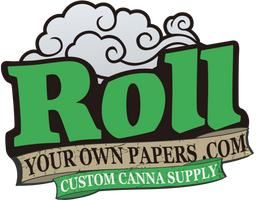
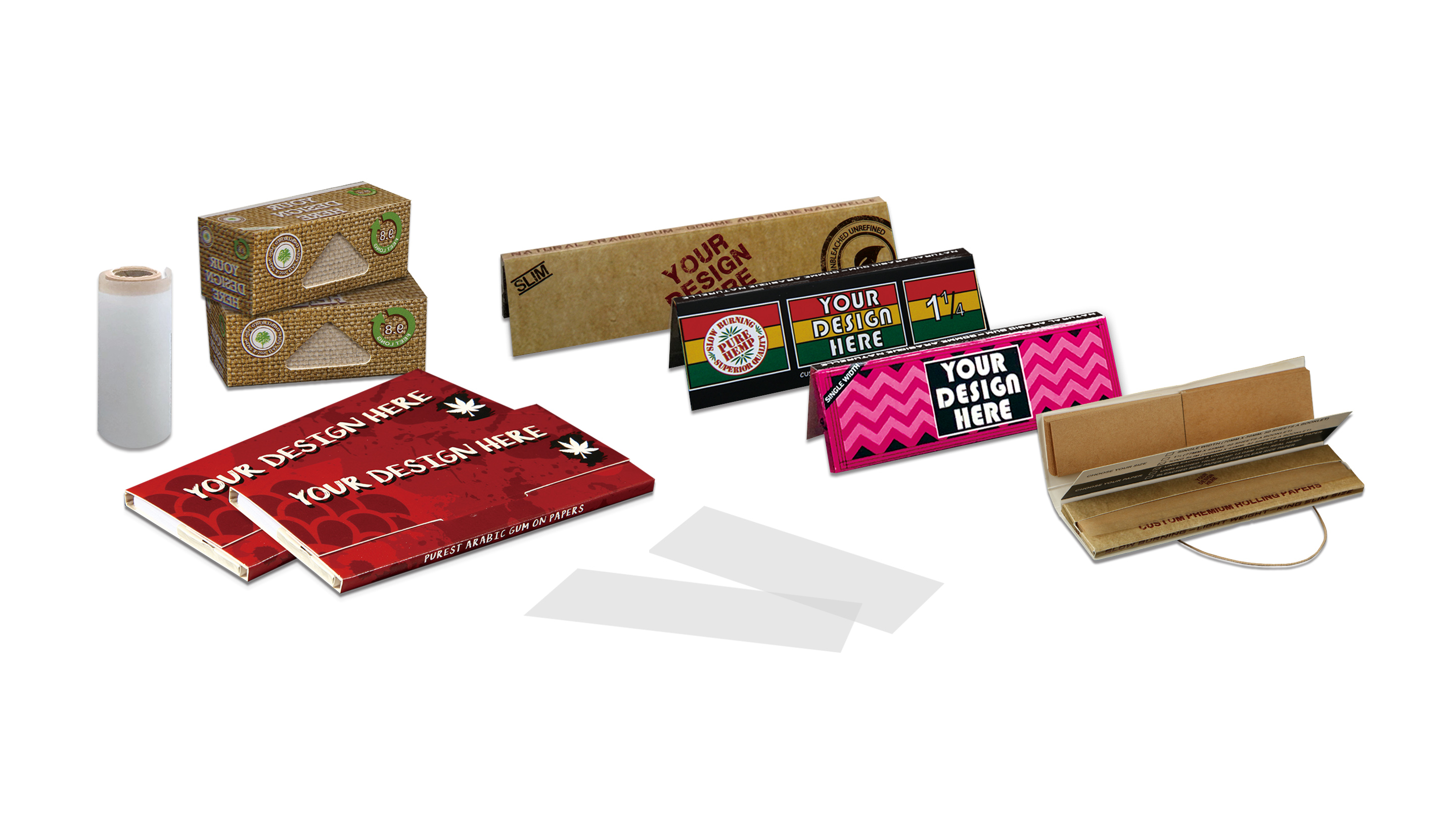

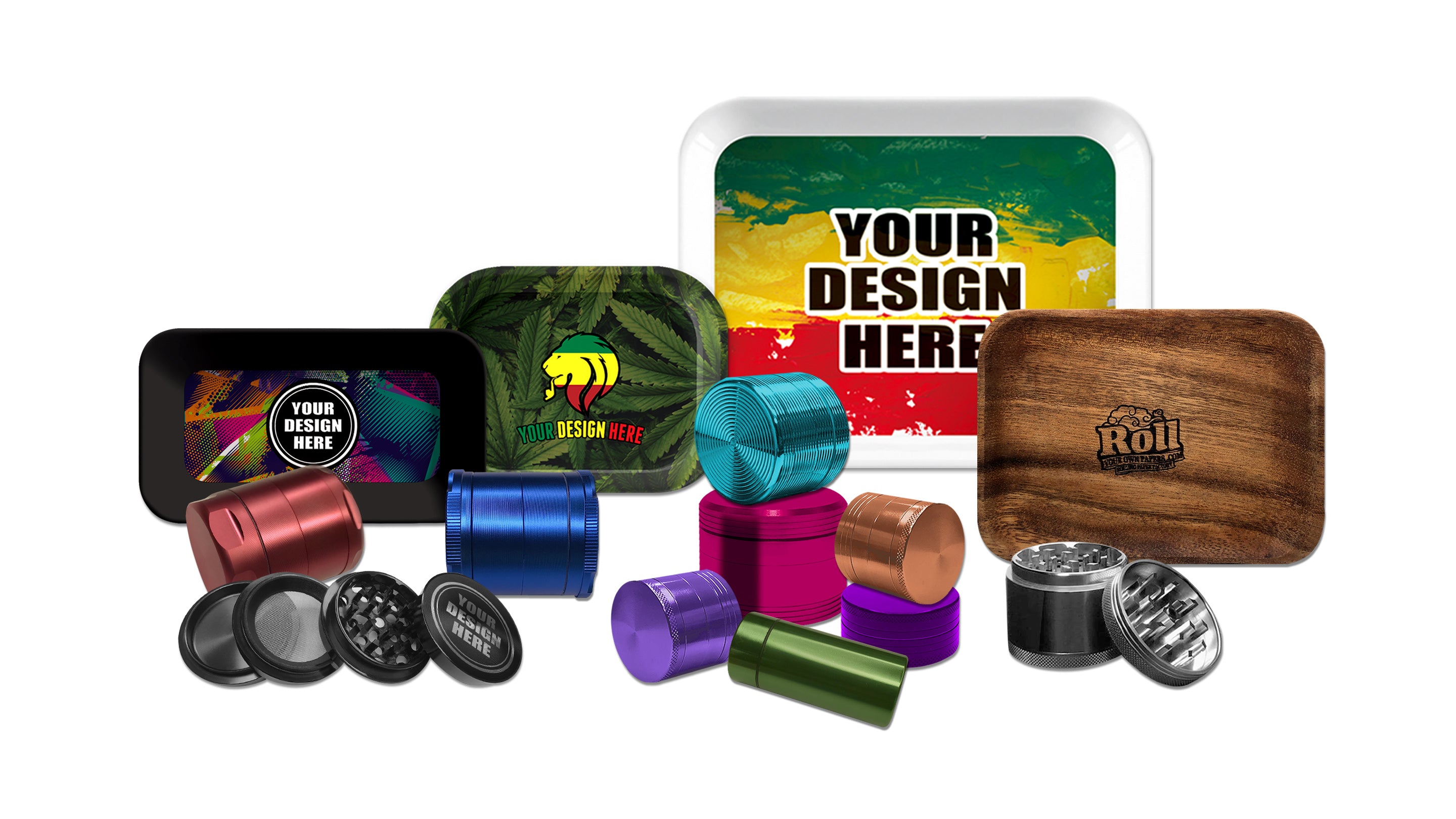
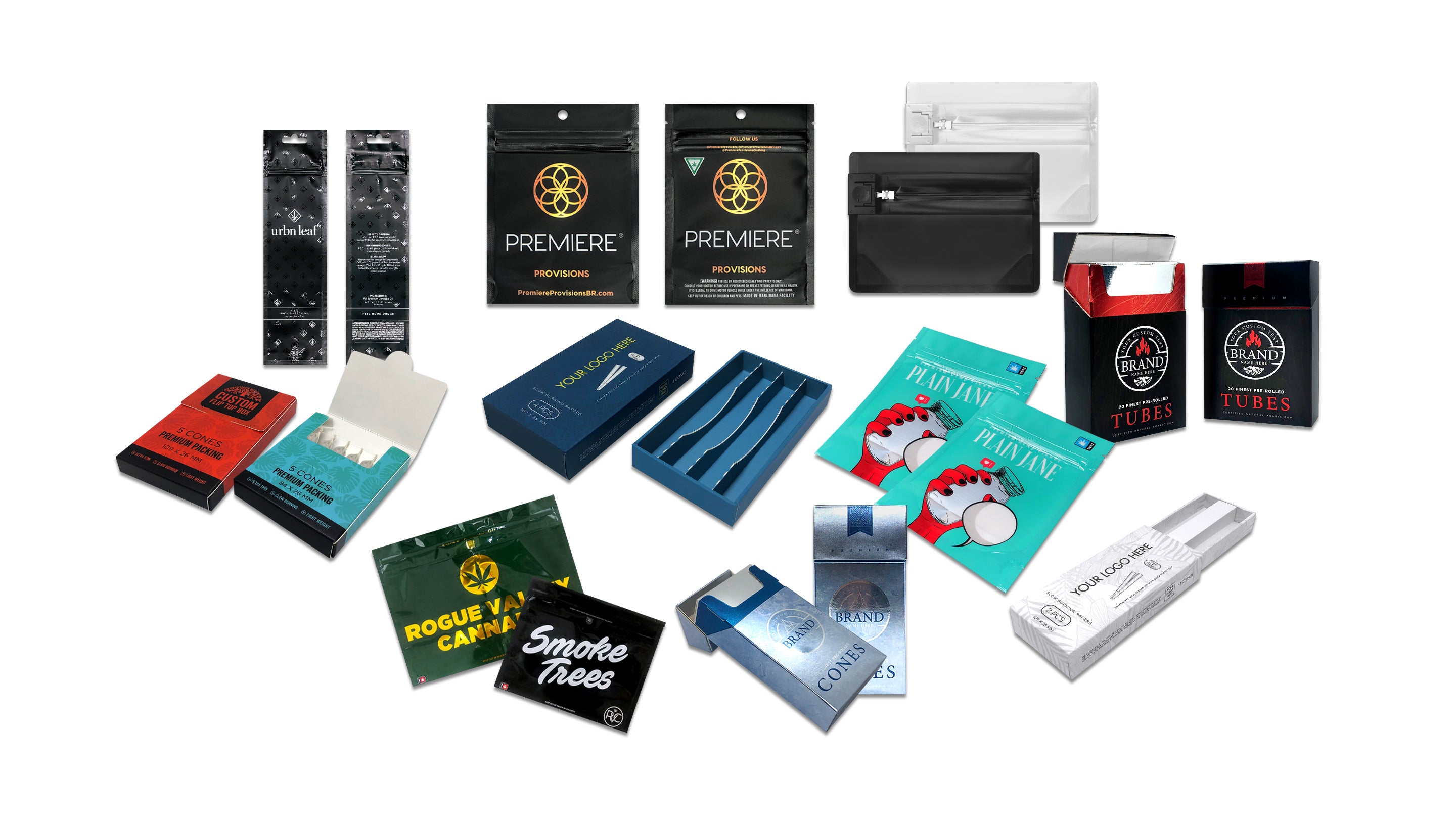
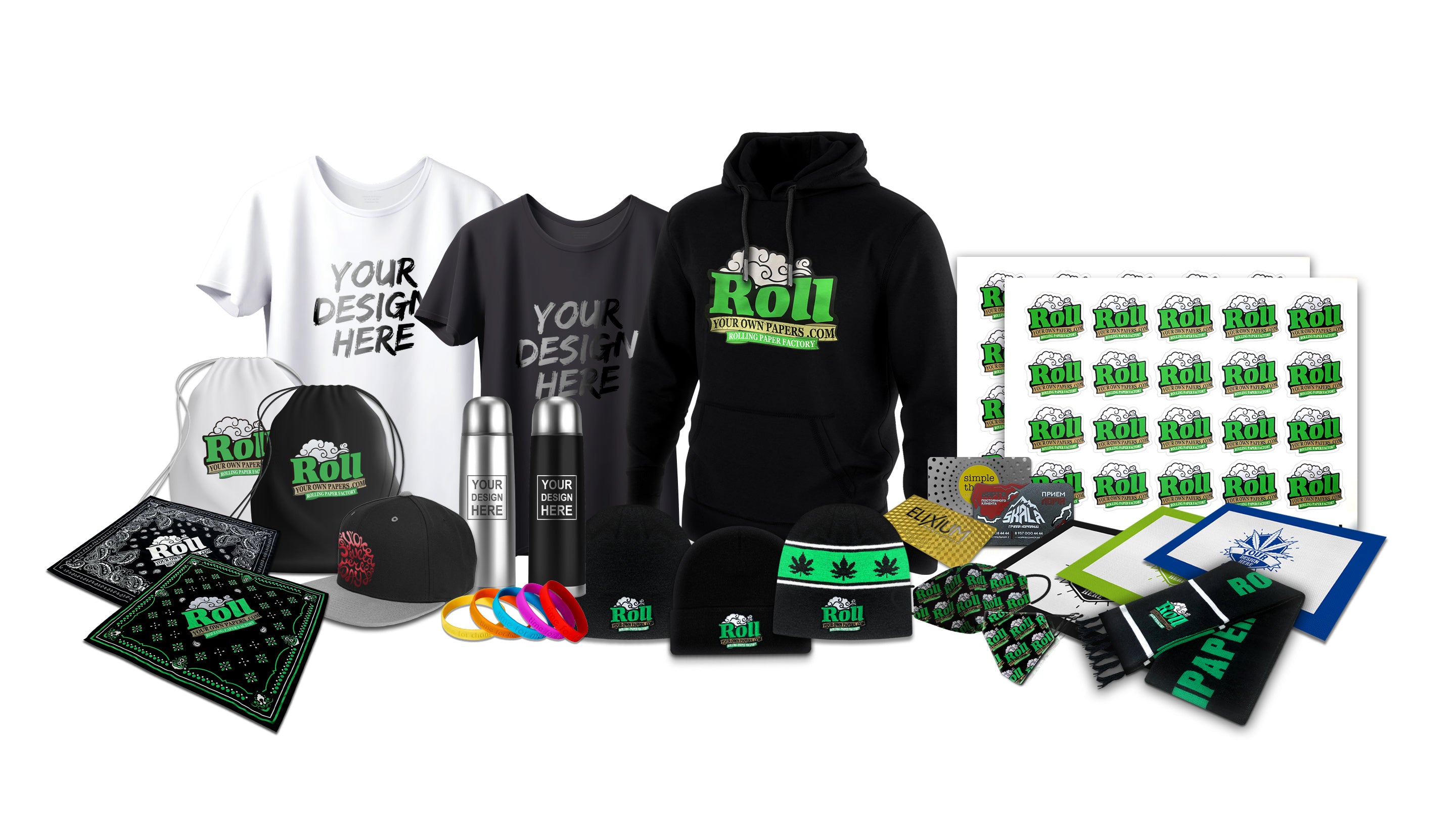
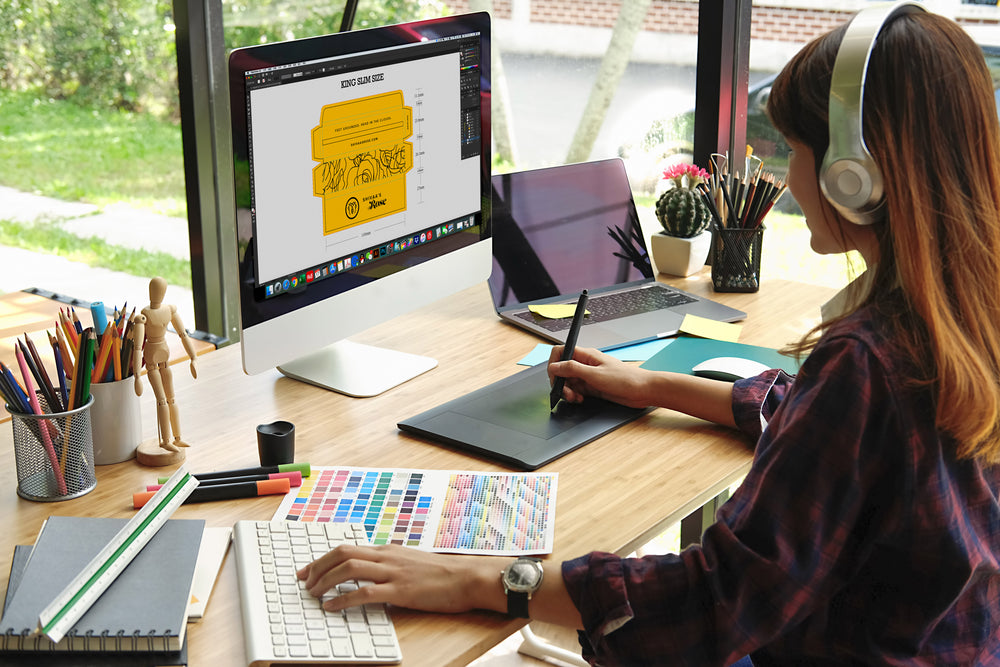




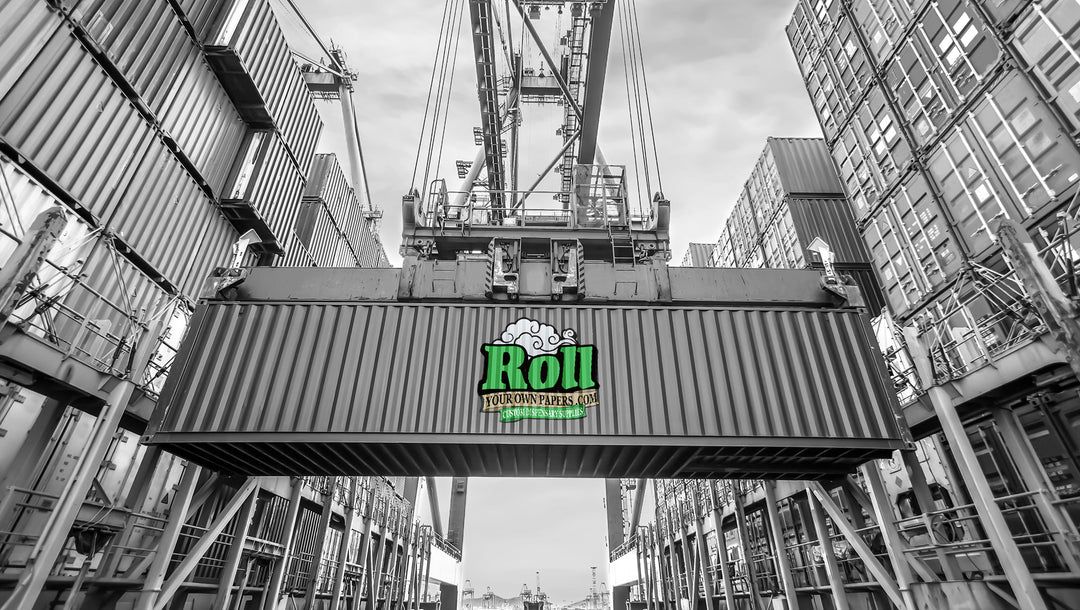
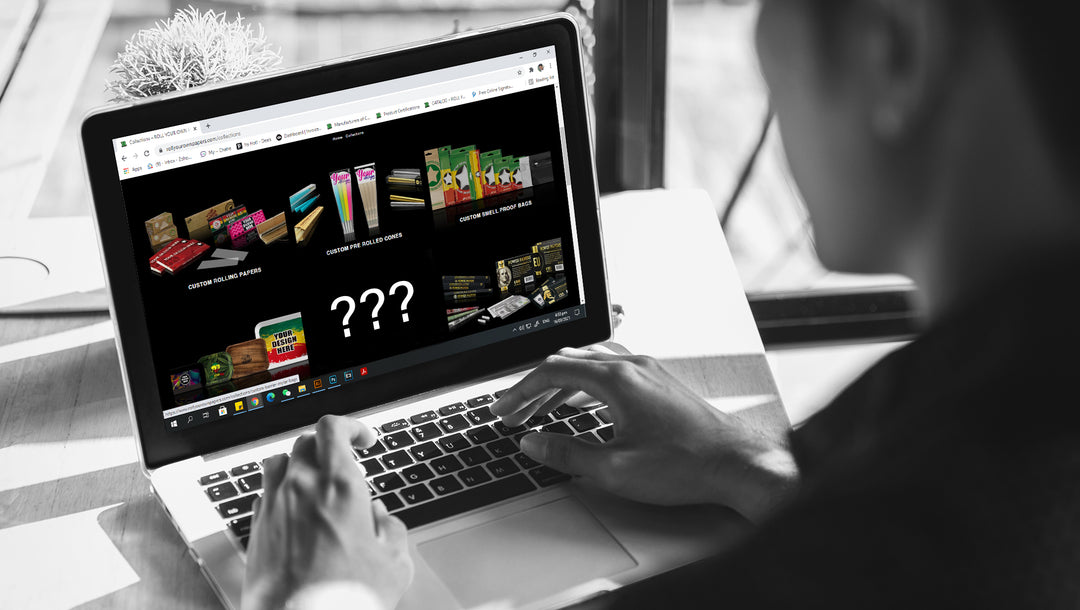
Leave a comment